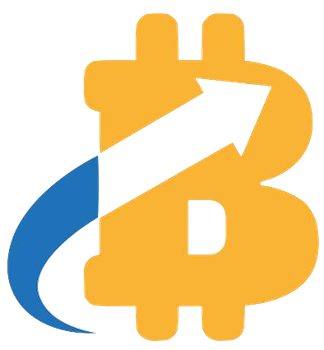In a world grappling with economic instability and geopolitical friction, the bold assertion from Charles Hoskinson, co-founder of Ethereum and leader of Cardano, that Bitcoin could soar to $250,000 within the next year strikes a chord that resonates profoundly. This figure, which seems almost fantastical amidst a market that appears to be spiraling downward, encapsulates a peculiar blend of financial hope and strategic audacity. What motivated Hoskinson’s forecast, especially when Bitcoin recently stumbled below $77,000, raises an intriguing dichotomy between optimism and realism.
While Hoskinson acutely identifies the impact of geopolitical tensions affecting traditional market dynamics, his conviction in cryptocurrency as a panacea hints at a potentially myopic view. The essence of his argument resides in the notion that as global powers engage in conflict—like Russia’s aggression towards Ukraine—traditional banking systems become antiquated, thus necessitating a pivot towards decentralized networks. This perspective, although thought-provoking, fails to account for the nuanced intricacies of economic interdependencies that often bind nations together. The blind advocacy for Bitcoin in the face of adversity risks oversimplifying the broader economic landscape.
The Overreach of Incentivized Predictions
The allure of astronomical predictions is hardly a new phenomenon in the cryptocurrency universe. Whether it’s Bitcoin or other altcoins, hyperbolic forecasts have given rise to a volatile market fueled by speculative trading rather than fundamental value assessments. Hoskinson’s faith in Bitcoin’s potential is no exception, but it raises critical questions about the motivations behind such bold predictions. Are these claims a desperate attempt to revive investor confidence, or do they stem from genuine economic forecasts backed by data?
His assertion that the Federal Reserve’s potential easing of interest rates could inundate crypto markets with liquidity offers a fascinating angle. While there is merit in suggesting that accessible capital could buoy the market, the inverse could also hold true: lower interest rates might not yield the expected speculative rush if macroeconomic conditions worsen. Presenting exaggerated bullish narratives can inadvertently lead naive investors astray in a space that already courts risk and speculation.
Regulatory Frameworks: The Double-Edged Sword
Another pillar of Hoskinson’s argument centers around anticipated regulatory changes, namely the prospective stablecoin legislation and the Digital Asset Market Structure and Investor Protection Act. He posits that such regulatory frameworks will invigorate institutional adoption and market stability, enticing tech behemoths like Microsoft and Apple to engage in the crypto arena. However, regulatory clarity is a double-edged sword.
While clear regulations can enhance market integrity, they can also impose constraints that stifle innovation and limit the potential for growth. The repetitive calls for regulation cast a shadow over the decentralized ideals that underpinned cryptocurrencies. Will these impending regulations serve as a nurturing parent for the industry or an overbearing guardian extinguishing its creative spirit? There is a fine line between protective frameworks and stifling red tape, and this raises pertinent questions regarding the future trajectory of digital currencies in a rapidly evolving market.
The Reality Check: Cycles of Market Sentiment
Furthermore, Hoskinson suggests a resurgence of interest around late summer or fall, after a brief period of market stagnation. This cyclical nature of market sentiment, which often ebbs and flows with macroeconomic signals, is not a new concept but one fraught with uncertainties. Expecting a rebirth of enthusiasm might perpetuate the existing cycle of speculation that plagues cryptocurrencies. Investors must recognize that chasing the next wave of market euphoria can often lead to disastrous outcomes.
Countless investors who bought into the hype during the major peaks have faced painful corrections. As one navigates this tumultuous landscape, it becomes paramount to discern between genuine technological advancement in the cryptocurrency space and the siren song of sky-high price predictions that beckon during challenging times.
In a world that oscillates between uncertainty and ambition, Hoskinson’s forecast serves to highlight the perennial tension that exists in the crypto market—pushing the boundaries of optimism even when logic suggests caution. In the realm of digital currencies, nothing is ever certain, and while hope is a powerful motivator, the realities of the market demand a more nuanced approach.



















Leave a Reply